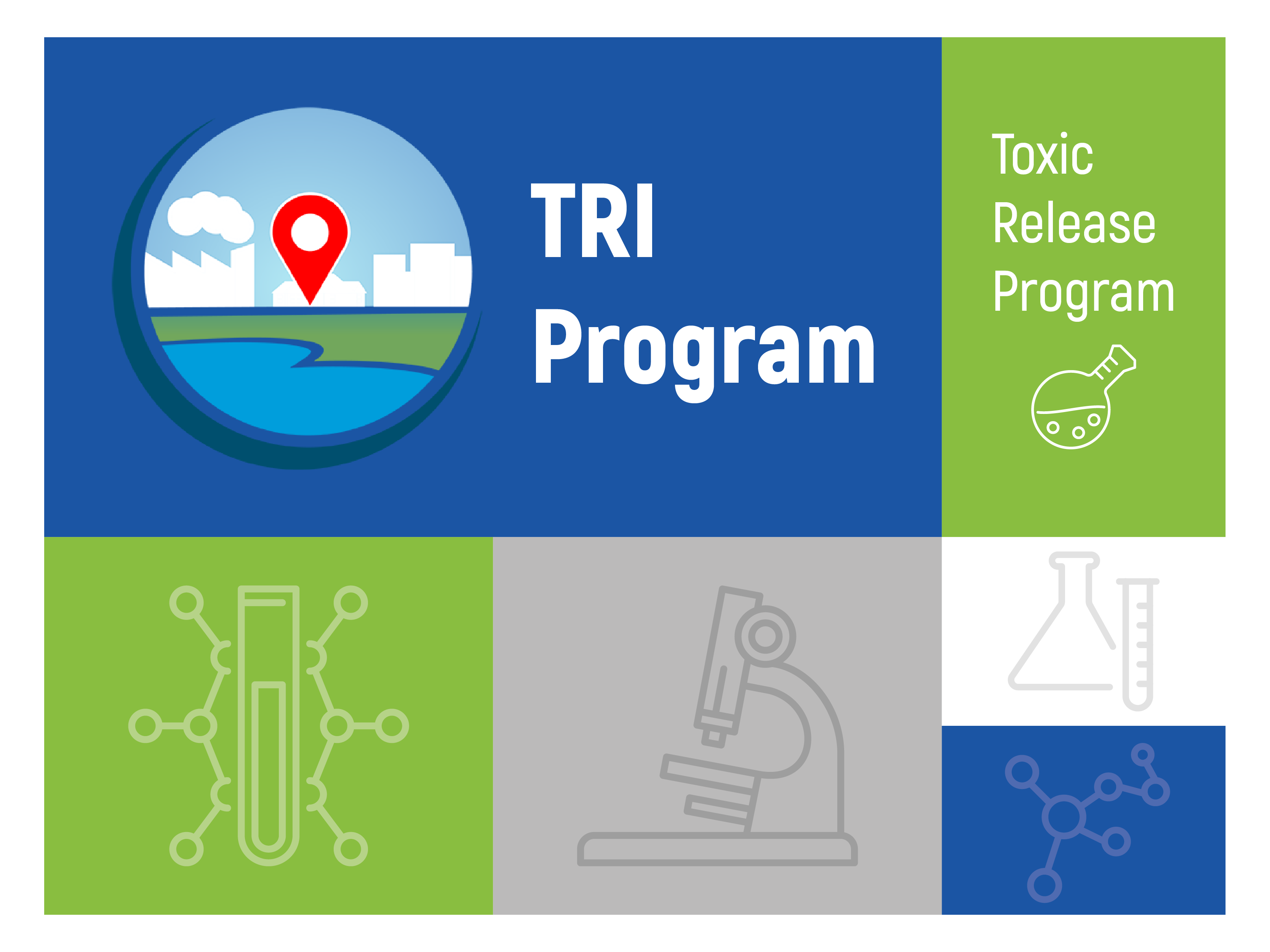172 “FOREVER CHEMICALS” ADDED TO THE EPA’S TOXIC RELEASE INVENTORY (TRI) PROGRAM
One of the ways the EPA furthers its mission of protecting human health and the environment is through the Toxic Release Inventory program, more commonly known as TRI. This program was originally created in 1986 as part of the Emergency Planning and Community Right-to-Know Act (EPCRA). Today, the TRI data is publicly accessible and designed to support informed decision-making by communities, government agencies, companies, and others.
This year, 172 PFAS chemicals have been added to the TRI list, marking 2020 as the first time industries will be required to report on these compounds. This is a big change both in the number of new compounds added to the list and the type of compound. But while 172 chemicals may seem like a lot of extra reporting, keep in mind that over 600 PFAS chemicals were proposed and more than 5000 that could have been considered.
The Problem with PFAS
The group of fluorinated compounds known as PFAS have been widely used for decades to make non-stick, waterproof, and stain-resistant products such as carpeting, upholstery, apparel, non-stick cookware, fire fighting foam, and many other consumer and industrial products. Because PFAS compounds don’t break down naturally or easily, they’re often referred to as the “forever chemicals.”
There is a fair amount of peer-reviewed research linking PFAS to human health issues, including low birth weight, thyroid issues, cancers, autoimmunity disorders, ulcerative colitis, and even high cholesterol levels.
Some PFAS chemicals, such as PFOA and PFOS, have been phased out by leading U.S. manufacturers, but because these chemicals don’t degrade naturally, they remain a problem. The voluntary discontinuation of these chemicals is by no means universal either. Many PFAS chemicals can still be imported, often unknowingly, from foreign suppliers.
It’s also been challenging to find replacement chemicals with similar properties but with less toxicity. GenX, for example, was developed as a replacement compound for PFOA. Unfortunately, in recent studies, GenX is showing some of the same levels of toxicity as its predecessor.
How Pace Can Help with TRI Compliance
The addition of 172 PFAS chemicals to the TRI list expands both reporting requirements and the number of companies that need to report. Unfortunately, reporting sounds simpler than it often is.
While suppliers are required to keep their Safety Data Sheets in compliance with TRI, this is challenging enough in a normal year. This year, the addition of 172 PFAS left many suppliers scrambling. Their current Safety Data Sheets often didn’t spell out the use of PFAS chemicals as such and were vague as to the quantity of PFAS involved.
The next reporting deadline isn’t until July 1st, 2021, but now is a good time to make sure you’ve got the kinks in your hazardous material handling and documentation worked out.
Suppliers – You may still be fielding PFAS questions from customers that you can’t answer easily. We can help you get your Safety Data Sheets updated quickly and accurately so you can spend less time on updating the data and more time on your business. This will also make your 2021 reporting that much simpler.
Manufacturers – Not sure if you’re using any of the 172 PFAS or in sufficient quantity to require reporting? Our Regulatory Services team can help you decipher your suppliers’ Safety Data Sheets and act as the go-between so you can get the information you need. We can even help you complete your 2021 reports.
Remember, all federal facilities are required to report, but only certain private businesses. If you aren’t sure if you need to report, the EPA provides a handy TRI threshold screening tool. Our Regulatory Services group is also happy to help you determine the extent of your reporting requirements.
You can find more information on the EPA’s TRI program website. If you have questions on PFAS, TRI reporting, or any of our other services, please reach out to us.





